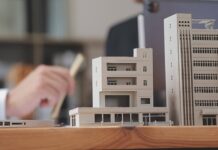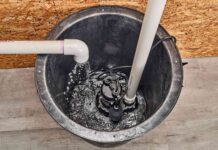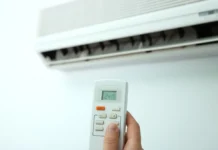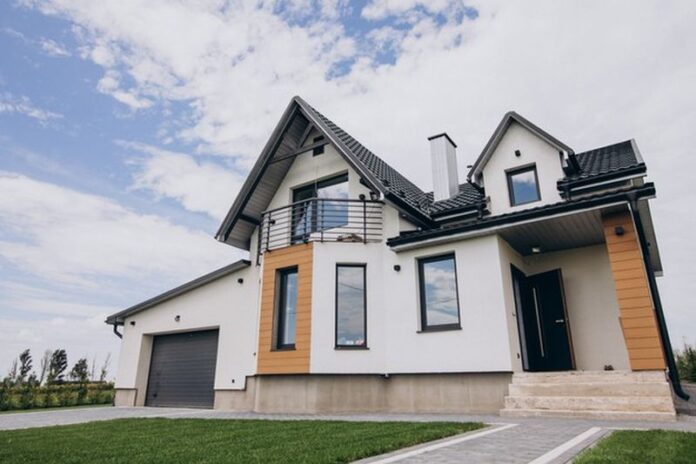
Wooden window frames have traditionally been used for centuries due to the timber’s availability, practicality and appearance. In the past few decades, staring from the 1970s, PVC windows started to become more common, mostly due to their affordable price. PVC stands for polyvinyl chloride – a lightweight synthetic plastic polymer that has been widely used in construction, healthcare, clothing, industry, etc. Usually, it is called uPVC – unplasticized polyvinyl chloride.
When it comes to timber window frames, there are two choices: softwood and hardwood. The first material is less expensive, however the second one will ensure even longer lifespan and will guarantee a luxurious aspect. The PVC window frames can be made to look like wooden, but not the other way around. The pricier uPVC offer all the benefits of this type of frames, while trying to mimic the natural beauty of the timber pattern, as that is the ideal for most people when it comes to housing architecture and design.
Depending on the frame, it can be fitted with a single, double and even triple glazed windows for the optimal noise reduction and energy conservation.
Obviously, every material has its advantages and disadvantages, so making an informed decision is the best solution so that future regrets can be avoided. The windows will drastically change the appearance of the particular house as well as its energy efficiency and soundproofing, so all things have to be taken into account.
After consulting the experts at Brico-Valera, we will take a look at both of these options in the light of these terms:

-
Environmental impact
As for most polymers, manufacturing PVC is harmful for the both the environment and the people, leaving a significant carbon footprint and discharging toxic substances called phthalates. Also, as it is subject to wear and tear, microcracks appear in its surface and it becomes brittle, releasing microplastics in the environment.
They do not degrade – at least not at a substantial rate – it might take hundreds or even thousands of years. They might fragment further to nanoparticles, but the fact remains that they pollute the soil and the oceans, killing the living organisms and causing irreversible damage to our environment. The upside is that PVC can be recycled, but unfortunately, that is quite rarely its fate.
On the other hand, wood is a natural resource, readily available. It can be locally sourced, but it is not unlimited. If its sourcing is done sustainably, then, it will renewable and it won’t ever become a scarce raw material. Also, wood can be reused and made into mulch for landscaping or pulp for paper, and even reused as a building material.
-
Aesthetic appeal
Unsurprisingly, wood and timber offer unparalleled esthetics, offering a sense of warmth, luxury and elegance. Most will agree that PVC doesn’t have that kind of appeal, even when it is made to resemble wood. If not done properly, it will most likely look cheap and tasteless. Yet, depending on the style of the interior, as well as of the exterior design, it might sort of fit it, but that is rather questionable. Wooden frames have an inherent charm and traditional look, so are perceived as the golden standard for most houses.
As mentioned, in the past couple of decades, the well-known, uniform looking PVC frames can now be found in a variety of colors and patterns, mostly ones which are imitating timber as it has the upper hand when it comes to the visual satisfaction.
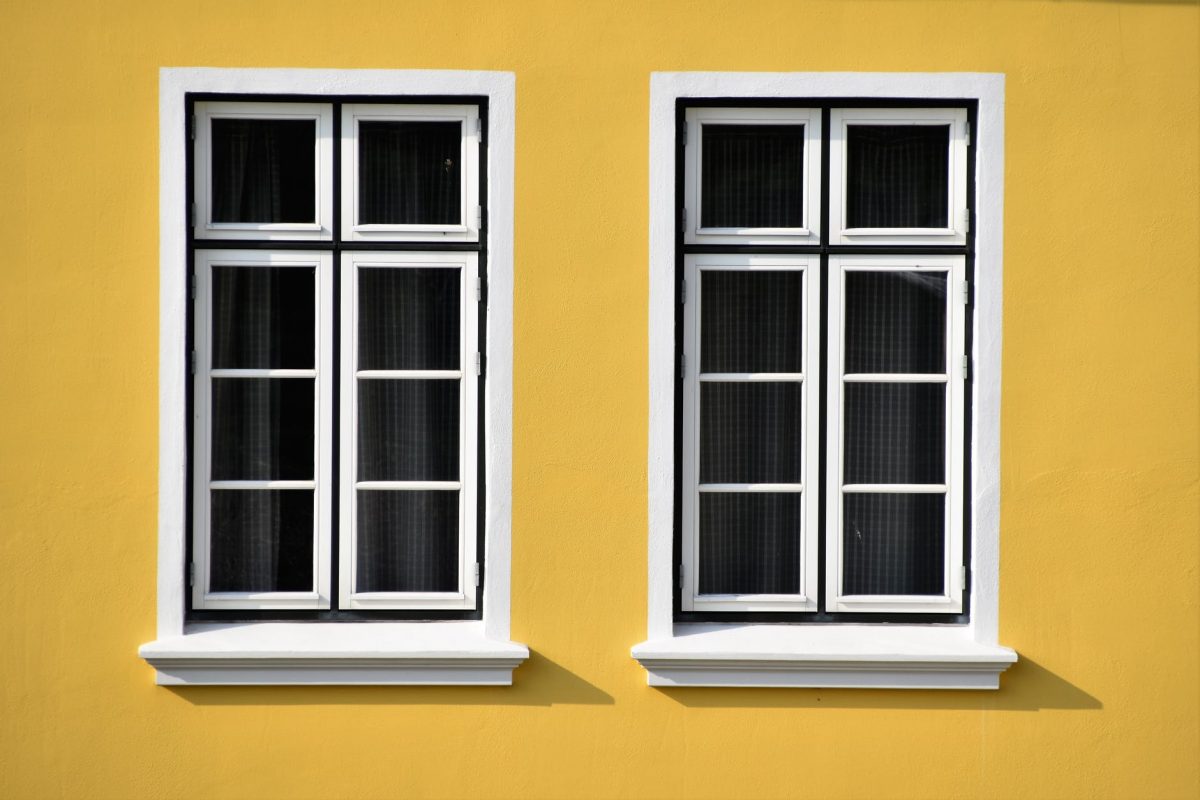
-
Functionality
PVC offers great insulation in the way they are designed, making these frames very energy efficient. Nevertheless, timber frames can also be very energy efficient, depending on the quality of the wood, the craftsmanship and the maintenance. They offer natural insulation and will keep the heat inside the home. Also, they are very durable and can weather different climates.
-
Maintenance
PVC frames require very little maintenance; they can be occasionally wiped with almost any cleaning fluid, but if they are white or any other light color, they will be prone to getting dirty and might require frequent cleaning. However, they do not require any special treatment.
Wooden ones should be sporadically checked for potential damage; cracks, peeling of the paint, or even mildew growth. Occasionally, the wood will have to be sanded and treated (painted and stained) with a fresh coat of paint that will protect it from the elements and prolong its life span.
There is a particular type called wood clad windows which feature a traditional wooden frame on the interior, paired with a weather resistant exterior which is very low-maintenance.
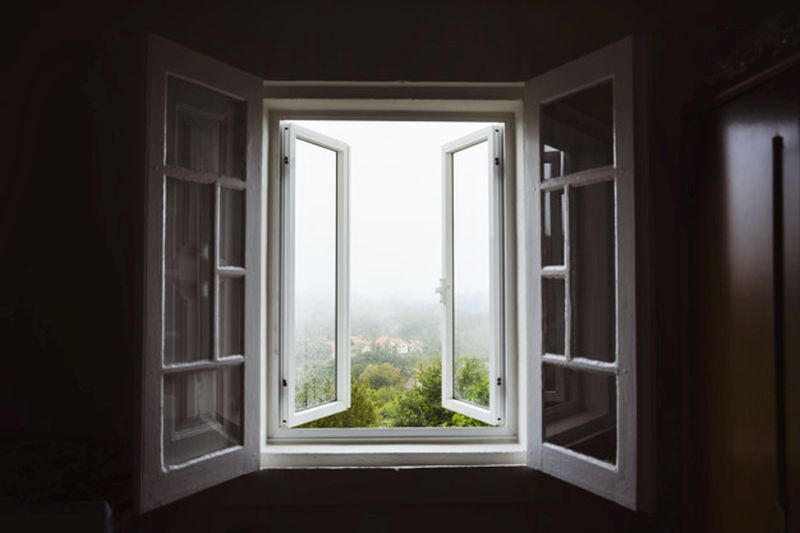
-
Endurance
Wooden windows can last for several decades – even up to 60 years. That means that they are a great long-term investment that eventually turns out to be more cost effective than the other alternatives.
PVC windows do not rot or corrode, but one huge disadvantage to this kind of frames is that they cannot be repaired if broken or damaged, but instead, they would have to be completely replaced. Their typical lifespan is somewhere between 10-35 years, or on average – about 20 years.
-
Cost efficiency
UPVC is the cheapest material when it comes to window frame options. If the budget is limited, this option should be considered. However, due to their shorter life expectancy, they would have to be replaced much sooner than wooden ones.
Even though ones made out of timber are initially more costly and will demand a small investment in their upkeeping throughout the years, their durability makes them worth the money spent on them.
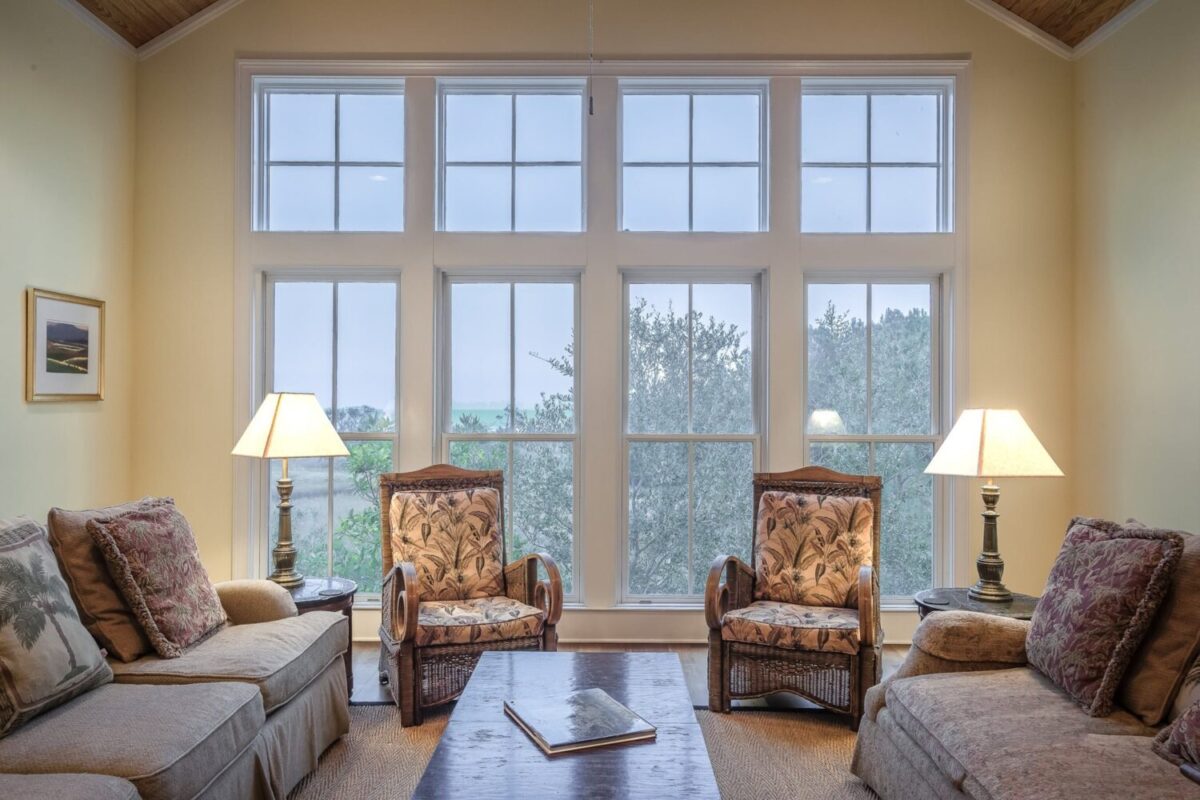
Conclusion
Even though it is a personal choice which depends on many factors, both subjective and objective, for us, an initial investment in wooden windows would be better in the long term.
Even though they require certain maintenance, they have double the life span of the PVC, are a more eco-friendly solution, significantly more aesthetically pleasing and offer solid heat and sound insulation, as well as sense of security. PVC frames offer great sound and heat isolation, but timber frames bring the much expected visual benefits as they are also decorative, almost furniture-like option.

